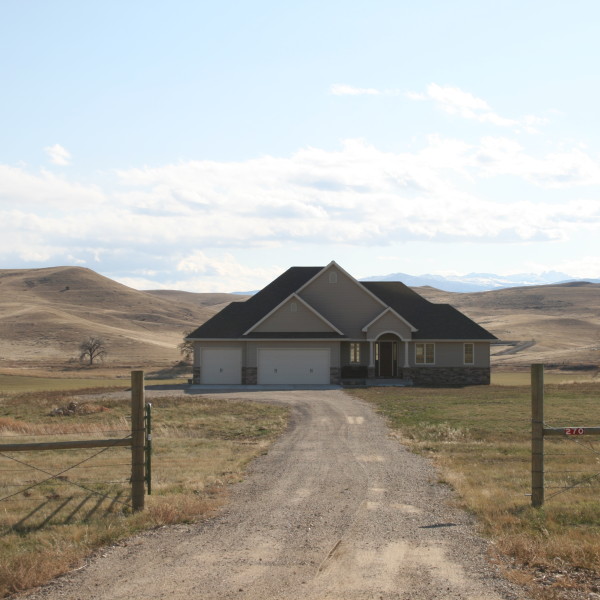Learning from the past as we plan for the future.
Growth is a good thing, right? Absolutely, especially when talking about the communities and economies that continue to flourish in the West. However, successful and sustainable growth doesn’t happen on its own. It requires careful planning and strategic thinking.

Growth at this scale strains existing infrastructures, economic practices and environmental processes. Unplanned developments of the past are no longer acceptable, especially if we expect to protect the future of our Western communities and environments. As our built environments continue to grow, we must plan for the preservation of the natural world. This means hard work, careful research and increased collaboration.
The Sonoran Institute is uniquely positioned to manage this kind of sustainable growth planning. Our experience has given us the perspective and empathy needed to bring competing interest groups together. Once a dialogue is started, we can effectively communicate the need for smarter infrastructures and sustainable growth practices.
We work to maximize resources while minimizing negative impacts on our precious natural environment. We must consider the effects of increased growth on our existing transportation system, our built and natural environments and on our economies. How does growth impact you – the members of our communities? How can we create sustainable initiatives that make your life in the West enjoyable and healthy? These are the kinds of questions we work to answer. By positively influencing the practices of today, we create a successful template for tomorrow.


